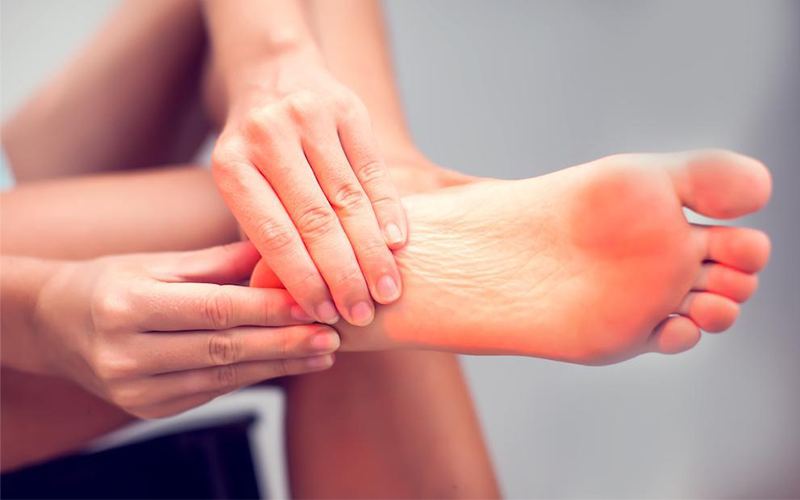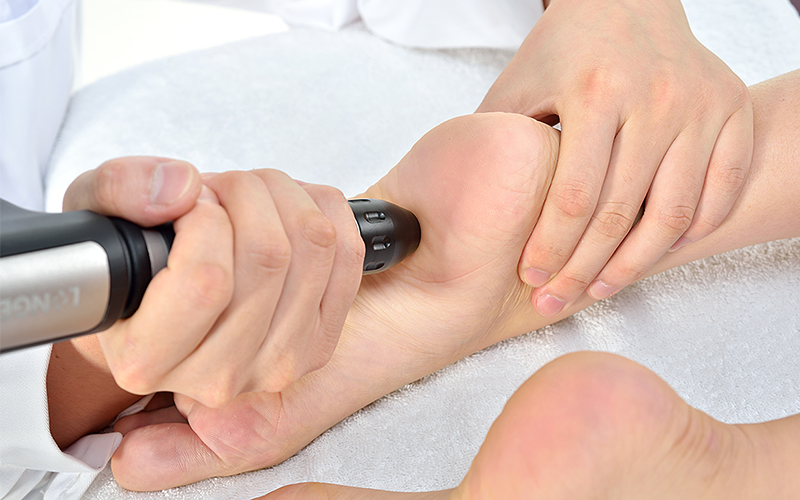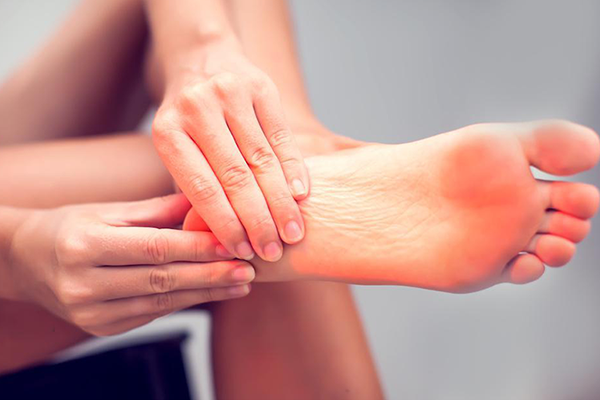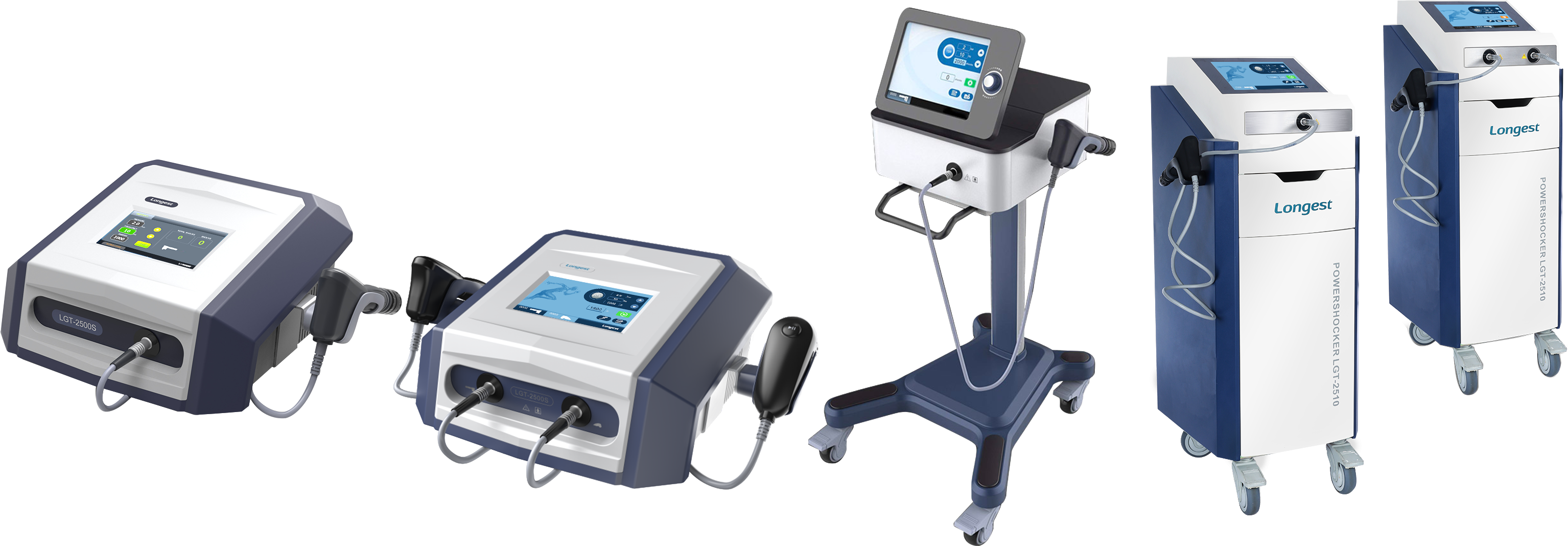Longest PowerShocker Series – About Plantar Fasciitis
Plantar fasciitis is one of the most common causes of heel pain. It involves inflammation of the plantar fascia – a thick ligament connecting your heel to the front of your foot. With plantar fasciitis, you feel pain on the bottom of your foot, around your heel and arch, affecting your mobility and quality of life.

The prevalence of plantar fasciitis
- Plantar fasciitis or plantar heel pain (PHP) accounts for an estimated 11-15% of all foot complaints requiring professional care in adults.
- Plantar fasciitis affects highly physically active people, such as runners.
- The Prevalence of plantar fasciitis was highest in those aged 45-64.
- Females were 2.5 times more likely to report plantar fasciitis than males.
- Obesity is also strongly associated with plantar fasciitis.
Symptoms of plantar fasciitis
Plantar fasciitis causes pain in the heel. The pain is usually worse when you take your first steps after awakening or after you’ve sat for a long time. It tends to get better during exercise or movement but can return after resting or long periods of standing.
Causes of plantar fasciitis
The causes of plantar fasciitis remain unclear. But it is clear that some factors can increase the risk of developing this condition:
- It is most common in people who are between 40 and 60 years of age.
- Certain exercise. exercising on hard surfaces or exercises that place a lot of stress on the heel and attached tissue, such as long-distance running, and ballet dancing.
- Excess weight put extra stress on your plantar fascia.
- Occupations that require long periods of walking and standing such as teachers, servers, and factory workers.
- Foot mechanics. Being flat feet or a high arch or having an abnormal pattern of walking can put added stress on the plantar fascia.
Complications of plantar fasciitis
Plantar fasciitis is a progressive degenerative condition. The symptoms usually develop gradually. If left untreated, other more serious complications can arise.
Plantar Tears
The inflammation and stress to the plantar fascia can result in more and wider tears in the fascia, which increases pain in the heel and makes the plantar fascia more vulnerable to rupture and debilitation.
Plantar Rupture
Symptoms of plantar fascia rupture usually include a loud popping sound, followed by intense pain, bruising, and swelling in the foot, making the easiest activities such as walking and standing very painful. With this condition, immediate medical help is required.
Heel Spurs
Heep Spurs are one of the most common complications of ignoring plantar fasciitis. They occur when calcium deposits build up on the underside of the heel bone. The condition is unnoticeable until causing pain.
Chronic plantar fasciitis
Left untreated, plantar fasciitis can become chronic, much more difficult to treat and heal and make surgery more likely.
Hip, knee, and back pain
Over time, plantar fasciitis can not only cause heel pain but also lead to pain in the hip, knee, and back. When the plantar fascia is compromised, other muscles, ligaments, and tendons must work harder to compensate, which causes pain. Besides, the abnormal pattern of walking because of plantar fasciitis can injure soft tissues in the hips, knees, and back.
Treatment of plantar fasciitis
Plantar fasciitis can be relieved and treated in many ways. Interventions like stretching, taping, insoles, custom foot orthoses, heel lifts, and plantar fascia night splints can help by relieving mechanical load. And there are other conservative treatments focusing on reducing inflammation or pain, such as ice, rest, medication, and physical therapy.
If all these conservative treatments fail to provide relief from plantar fasciitis, before resorting to a more invasive option – surgery, extracorporeal shockwave therapy (ESWT) is a great option.
Extracorporeal shockwave therapy (ESWT) uses unique sets of shock waves on a body part to stimulate the healing of injured soft tissues. It has proven effects in relieving plantar heel pain and improving function over time. Besides, the treatment shows favorable results with a minor risk of adverse reactions.
ESWT is an ideal alternative for people who may not get relief from traditional treatment and do not want to take medication or receive surgical treatments.

About GZ Longest
GZ Longest is a professional manufacturer of a wide range of physiotherapy and rehabilitation equipment with 23 years of experience and expertise.
We have developed 5 kinds of extracorporeal shockwave therapy devices to suit different requirements. High-quality components are selected to ensure stable performance and durability. With our powerful ESWT devices, you can focus on the treatment and interaction with patients to improve service and satisfaction with peace of mind.
Contact us: export@longest.cn



